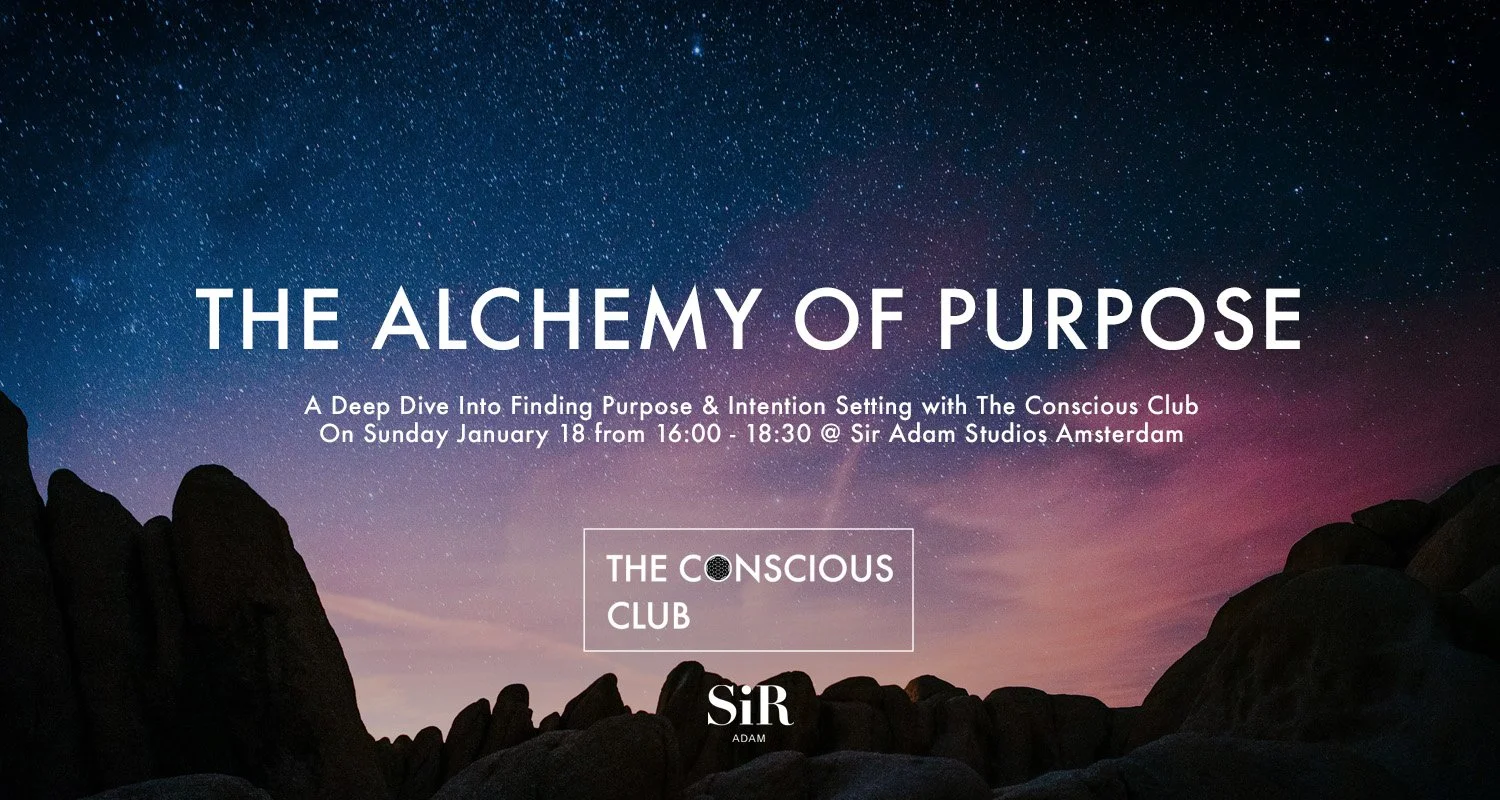This oldest documented records of this practice date back to around 5000 – 3500 BC in India and Tibet. Since it has survived until today, there must be something special about it...
There are many branches that have developed over this big chunk of time. So many ways we can approach the practice of calming the mind, body and connecting with our Higher Self, divine energy, the heart (whatever you wish to call it!).
Meditation can be divided into 6 types:
Mindfulness meditation
Focused on maintaining a moment-by-moment awareness of your thoughts. This is the most simple, yet powerful approach to meditation: observing ones thoughts like clouds in the sky, passing by…
We occasionally host certified mindfulness trainings. If you are looking to drop by for one class for starters, why not join our Beginner’s meditation class?
Spiritual meditation
The intention of meditation is somewhat like a prayer. Many practitioners concentrate on the “spiritual heart” located around the chest area, and connect with their Higher Self, energy or consciousness. This leads to spiritual self-discovery.
Focused meditation
As the name suggests, focusing the attention on an object (e.g. a candle or mandala), sensation or sound. At the Conscious club we have the Sound Journey class with Thomas Kwakernaat, where meditation is accompanied by Tibetan bowls, gongs, and other weird and wonderful instruments…
Movement meditation
Many things we do in life can become a sacred practice. For example, while cleaning the dishes we can concentrate on every movement, pushing away thoughts when they come. For those who find it difficult to sit still, there are Osho dynamic meditations designed for the “busy Western mind”, or - Qi Gong, Tai Chi, and various types of martial arts. At the club, you can quiet a busy body and mind with Kundalini yoga led by Maaike Aker, a fairly active and vocal form of meditating. Highly recommended!
Mantra meditation
Repeating certain sacred words and syllables to keep the mind focused. A convenient solution for wandering minds. Check out our special events and workshops for these practices.
Yoga Nidra
This is about entering a very deep state of meditation. It slows the wavelengths in your mind as you enter a sleep-alike state by bringing awareness to the body and the breathe.
Many meditation practitioners perform a series of intense breathing exercises called Pranayama which help “clear their mind” and sharpen their senses. An interesting, modern alternative is the Wim Hof method (we have a class led by Rein Sarink) invented by the “Iceman”. Wim has put himself in the most extreme conditions imaginable, and developed breath exercises allowing him to withstand temperatures intolerable for ordinary people.
Reach A Higher State of Meditation
As you can see, there are more than enough types of meditation to choose from. In fact, deciding on the right one can be challenging! Let’s start from the beginning – yoga asanas (the physical practice) were originally designed to prepare the body for meditation.
Sure, yoga has a huge number of positive effects on the body – releasing tension/stress, increasing flexibility, building strength, heightening body awareness… We should know, however, that the goal of the ancient yogis who invented the physical practices was to relax the body, so it would no longer be a distraction for the mind. This would help them reach higher states of meditation.
So, what’s so special about sitting for a long period of time in silence and stillness? Why do we put ourselves through such effort? (Except for when it comes to Osho Dynamic meditation!)
In the beginning – it can be challenging. Like with most things that develop us on a physical, mental or spiritual level. No one said becoming a better “you” is simple. The benefits, however, are priceless.
What To Gain From Meditation
Firstly, we get to tame the so-called monkey mind. I’m sure you have found yourself often in situations, where after experiencing something not so pleasant, your thoughts became a loophole of replaying your doubts over and over… have you ever caught yourself thinking about something from the past or the future, while doing something else? Meditation can teach your mind to remain in the “here and now”, instead of drifting off. This way you can pay more attention to the beauty of life that surrounds you, to your friends or to the task you are performing (productivity boost!).
Secondly, meditating calms you down. When you stop thinking about things you don’t have impact over, you stay in the moment, gain more control of your life… and life doesn’t seem so stressful anymore
The third perk is that meditation helps you connect with your true authentic self. Many of us are so overwhelmed with what’s happening outside, that we forget to nurture what is within. As written in the Emerald Tablets: “as above, so below”. Meaning, if we find peace with who we truly are, this will reflect on our entire outside world. It’s true! It will also attract the right people into your life.
If that ain’t enough – this practice also boosts your immune system and regulates your circulation.
There you have it! Convinced?
We hope to see you at one of our meditation classes soon. It’s so important for us to stay connected to ourselves during these difficult times, and stress-free.
Before I finish, I will leave you with a Sufi meditation to practice at home.
Find a seated, comfortable position. Land your body and mind in the “here and now”. Imagine your heart is a kindled ember. The kind you find in the fireplace. A glowing, orange piece of wood. With every inhale, imagine the embers burning even more intensely. The same with the exhale – the fire in the heart burns stronger. Practice this for a few minutes.
Feel your heart open to the world!
Aho!
- Written by Michelle Prygiel




